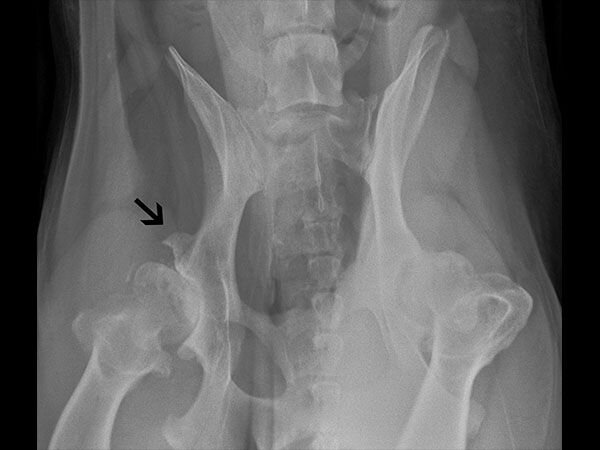What is Hip Dysplasia?
Hip dysplasia is a genetic condition in which the hip joint does not develop properly. It occurs when the hip joint’s ball and socket do not fit snugly together, leading to instability and eventual damage to the joint. Over time, this can result in painful arthritis and reduced mobility.
Causes of Hip Dysplasia
While genetics play a significant role in the development of hip dysplasia, other factors can contribute to its onset, including:
- Breed Predisposition: Certain breeds are more prone to hip dysplasia, but it can affect dogs and cats of any breed or size.
- Nutrition: Rapid growth and improper nutrition in puppies can increase the risk of developing hip dysplasia.
- Weight: Excess weight can exacerbate the condition, as it places additional stress on the hip joints.
Symptoms of Hip Dysplasia
The signs of hip dysplasia can vary but often include:
- Lameness: Pets may have difficulty walking or may limp, especially after physical activity.
- Stiffness: Affected animals may experience stiffness, especially when getting up or moving after rest.
- Decreased activity: Pets with hip dysplasia may become less active and reluctant to play or exercise.
- Muscle loss: Muscle loss in the hindquarters can be observed over time.
Diagnosis and Treatment
Diagnosing hip dysplasia typically involves a physical examination, X-rays, and possibly additional imaging tests. Once diagnosed, treatment options may include:
- Weight Management: Maintaining a healthy weight is crucial to reduce stress on the hip joints.
- Medications: Pain relievers and anti-inflammatory medications can help manage pain and inflammation.
- Physical Therapy: Physical therapy exercises can improve muscle strength and joint stability.
- Surgical Intervention: In severe cases, surgical procedures may be necessary to improve joint function and reduce pain.


